
In A Complex Media Environment, These Top Beauty PR Pros Help Brands Prioritize Where To Spend Time And Money
Across the world, people are spending hours and hours a day in front of various screens, but how brands can reach them on those screens is trickier than ever in a multipolar media environment. Should they commit to churning out TikTok content? Should they pay big influencers? Should they throw events to instigate editorial coverage?
Those are the sorts of questions Brittany Hohl and Brittany Savastano, co-owners of Beach House PR, which counts Après Nail, EveLab Insight and Foreo as clients, and Melissa Palmieri and Jennifer Conlon Pavelchak, founder and managing director of MP-IMC, respectively, which has Herbivore, LYS Beauty and Rita Hazan on its client roster, wade through to help brands make the most out of their awareness efforts.
Beauty Independent sat down with them to discuss the best public relations practices for brand launches, when events are truly worth it, influencer marketing on a tight budget and crisis management.
Given how fast the media landscape is shifting, what do you see as brands’ biggest pain points around communications?
Conlon-Pavelchak: For a brand getting off the ground, gone are the days that someone gets a placement in InStyle, they run to the beauty counter, and it sells out. There were many of those moments once upon a time. Then, it was a celebrity endorsement and something sold out. There’s now a multi-pronged system that has to be in place, especially for a brand that’s new to the industry, to get off the ground. It’s not going to be this one-hit wonder or one celebrity endorsing it that blows it out of the water.
The amount of times the customer has to see a brand has increased because there’s so much noise. How are you going to stand out amongst the crowd? There is a bit of an art form to that from a PR standpoint. It’s not just about providing editors with information, it’s more about helping to showcase the points of difference for the brands you’re working with and showcase their founder more than ever. The founder is just as important as the brand itself and part of the brand.
Palmieri: Business, thought leadership and storytelling was something we needed to add for these smaller brands to make their business shine or their founders shine. There’s so many different areas where you need to put your brand message now. It’s not even a three-pronged approach, it’s multiple across every level, and it doesn’t just stop at the PR placement. How do you amplify PR you’re getting in ways that are going to resonate with the consumer across your social, website, etc.? You almost have to PR your PR results.
Hohl: A lot of brands, they don’t really know what to do. A piece of it is strong storytelling, but also helping them figure out prioritizing their efforts, spend, focus. We do competitive analysis on other brands so that they understand why we are pushing certain things and not other things.
I think it’s a lot of being overwhelmed with all the different communication touch points. Our brands are the experts in what they do, and they don’t know what to do next. They sometimes come to us saying, “I need an Instagram, I need a TikTok.” We’re able to pull it back and say, “Let’s start with one thing first and really understand that space.”
What does the competitive analysis look like?
Savastano: A lot of our brands come to us thinking someone’s their competitor and we see it completely differently. Or when brands are confident in who their competitors are and we’re totally aligned, it’s figuring out a unique position that we can extract from that. If there’s a brand that has so much market share for this one message point, how can we show how we’re different?
Sometimes we’ll compare another brand and we just feel like the consumer is different, so the messaging is different. That’s super helpful because they’re focusing on building the brand and sometimes they don’t see those pieces that we see.
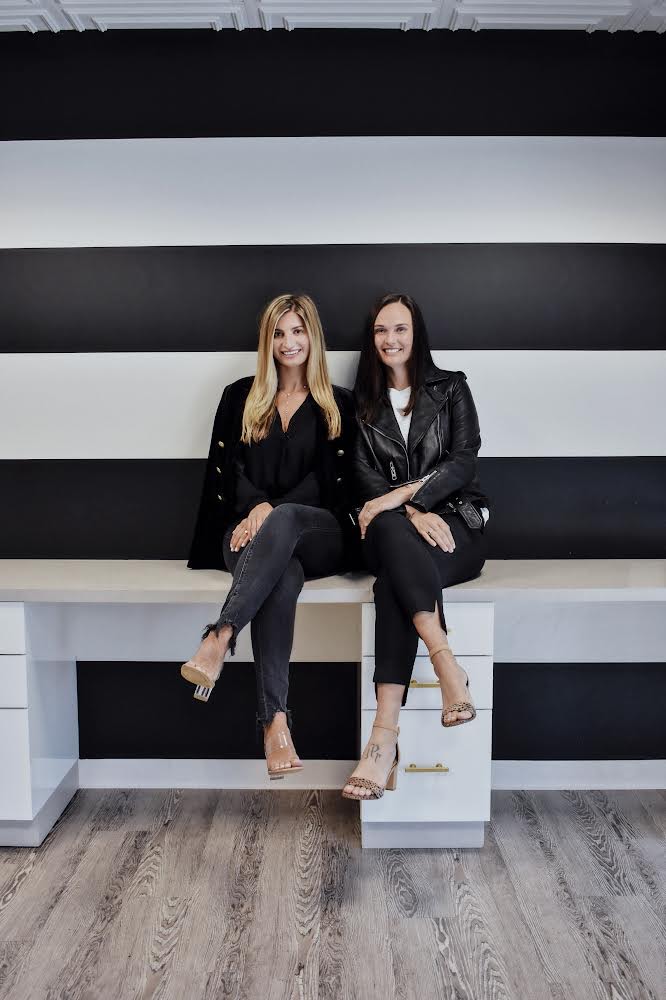
How should brands approach launches differently depending on whether they have a retail partner versus are in DTC and are looking to enter retail?
Palmieri: Historically, for a brand that’s launching, whether they’re launching on their own e-comm or launching with a retailer first, we always make sure that we’re leaning into where their consumer is going to see them. So, we might go a bit heavier in the consumer press. We might go a heavier with creators.
Conlon-Pavelchak: What’s really important for any launch is that you don’t want to see all the launch coverage go on day one and completely disappear after that. Make sure things are pulsing out. Consumers need to see it multiple times. Maybe they’re receiving a newsletter, seeing something on the website, on their social media, they’re reading it in a consumer story.
From a perspective of indie brands seeking out retailer presence, be very strategic. Where is Sephora reading? The same thing goes for investors as well. Indie brands seeking out investment, they need to be in front of investors in every capacity: on LinkedIn, social media, traditional editorial press, trade business, newsletters, podcasts.
When we launch brands, every single thing seems to be aligned in a specific way. You make sure your retailers see you’re promoting them in a story of a brand’s breaking, whether it’s Sephora, Ulta, Credo,Walmart or Target. Then, giving applause to more of a business-minded medium such as Fortune or Forbes for the investors or stockholders.
Palmieri: A lot of retailers want you to promote them in these publications, so you want to make sure you’re directing all that to that certain retailer. If you’re not on a retailer site, maybe focus on influencer marketing. Overall, let’s look at what your goals are, and if you really want to focus on this retailer, let’s put a heavy emphasis on PR. We know that retailers want to see themselves on allure.com, in Good Housekeeping.
If you have a brand working with a tight budget, how do you all guide their influencer marketing?
Savastano: It depends on the category. Supplements is a whole different animal versus if you’re a color cosmetics brand, there’s more you can do when it comes to getting UGC you can repurpose on your channels that are cost effective or makeup artists or expert relationships where you can garner coverage based on relationships you’ve built.
I think about goals. Are you looking to go into retail? Are you looking for capital? Are you looking to grow your social following? We have worked with brands with slim to no budget and brands that have a larger budget. Brands starting off, the majority of them are bootstrapped. How do we make sure that we’re not spending just to spend?
Conlon-Pavelchak: Even for some bigger brands that we work with, it’s not about a six-figure budget to have an event. That doesn’t necessarily do anything. So, how do we make sure that we really are strategically building our budget against what our overall goals are?
Palmieri: When clients come in and they’re expecting X with a certain amount of budget, it’s important to be honest and transparent: This is what we suggest for this budget. We’re not going to execute an event just to execute an event where no one’s getting the full story or understanding why people are there. Everything has to have a purpose and help translate through social so that everybody’s getting a piece of the story and driven to the brand in a unique way.
Given the significant expense and effort for events, when are they worth it?
Hohl: There’s a level of managing expectations with events. Sometimes a client will think, if I’m hosting this event, then everyone there is going to cover it, and we have to be very honest about, this is a spend that there might not be a ton of ROI on.
It’s about being strategic and making sure that events make sense. I don’t want my clients spending their entire budget on an event because they’re hoping that’s going to drive a retailer or something big to happen. We want it to flow. We want all of these different things to happen. If it’s not going to, we will recommend we wait or try something different.
Palmieri: It depends on the brand. If the brand has a huge collection and no media has ever seen it live in person at once before, it does make sense to touch people in a unique way and immerse them in the brand experience.
We had a really successful event with Raw Sugar. No one had seen the depth and breadth of their collection. They were blown away by seeing how many SKUs [the brand had]. It’s overwhelming to try and even touch that through an email or Zoom call. That’s when it makes sense to have an event.
We’ve had a lot of clients come to us, they see other people having events and feel like they need a piece of the pie. That’s not a reason to have an event. There’s brands that we’ve launched successful press campaigns where we still haven’t had an event to this day, and the brand has been around over a year and they’re still getting press coverage.
Conlon-Pavelchak: We’ve heard a lot of feedback from brands that we relaunched, a pain point for them was that they weren’t seeing more than product placement. Product placement is very important, but their brand storytelling was missed because there wasn’t that strategic lens or journalistic approach to pitching. That’s really important when we’re talking about the narratives we’re looking to set.
It can be an event, but smaller brands, especially if they don’t have that budget, you just have to have that right partner that’s able to really authentically story-tell your brand in ways that matter for a very diverse audience. It’s not always just Allure or Vogue, but how do you get into more of the niche outlets as well?
How can brands get the most out of their PR partners?
Palmieri: Ask questions and tell them as much information as possible. [We’ve] doctored some unique narratives that you would’ve never anticipated on our weekly calls—not running through the list of press that we’ve secured so far, but having that open collaborative dialogue.
Asking questions or sharing information that you wouldn’t think is PR gold because it’s not your new serum that’s launching with key ingredients, but talking about your out-of-home advertising campaign or struggles you’re having internally. We’ve parlayed that into amazing coverage in the trades [and] business press for brands and that put them on the map in front retailers and investors.
We lead everything with curiosity, and that’s when you get the most vulnerable, authentic stories that matter. Why did you live on a farm and step away from your job for a little bit to create another brand? It’s understanding why it’s so challenging to raise money as a woman, let alone having a miscarriage while you’re doing it.
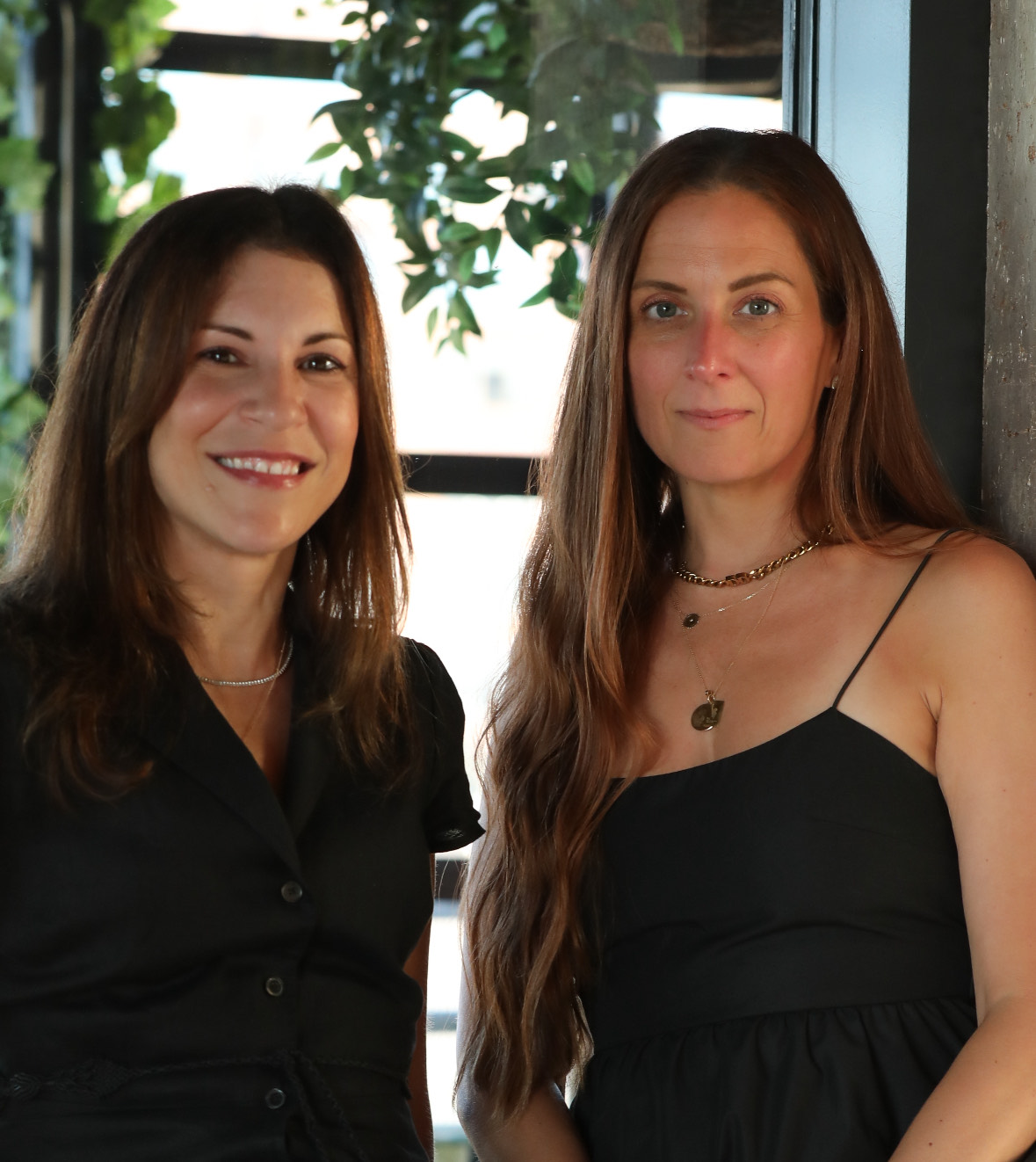
How can brands and founders deal with crises?
Conlon-Pavelchak: Since I joined MP back in 2021, we have had our fair share of crises, and I’m sure Brittany and Brittany can relate. The beauty industry has definitely been troubled by toxic founders or creators. The first thing is honesty. Jumping on a phone call, laying out all the cards, nothing can be held back, asking very, very, very tough questions.
What is the goal? Do you want to fold the business? Do you want to move this forward? What does this look like? Then, we are able to create that plan. It’s really important that we’re scoped for these types of things, but we have to be passionate about the brand. This isn’t a money grab.
Every single intricate detail counts. How is the brand reacting on social media? Are they reacting on social media? What are people saying? What are your stakeholders saying? Make sure that you all get into a room or Zoom chat about the way to approach it. You have to be very cautious. This isn’t a junior-level job. This has to be from the top.
When these crises happen, it’s important to tell our support team as well. It’s not something to hide. If an email got sent by accident or if they see something on social media, alert us. That way we’re able to create a plan versus waiting for it to be viral.
It’s filtered from the top down explaining why it is important to social listen, to understand what’s going on across all news mediums, but it’s hard to navigate. There’s only so much bandwidth a team or an individual has.
Palmieri: Don’t panic. Don’t just blurt something out. It’s important to take your time. Jenn and I have been in these situations where they want to fix it right away. It’s not an instantaneous fix. You have to sit with it and think of every possible consumer, retailer, other brand, editor, and then form your plan of action. At one point, Jenn crafted every single social post for a month in coordination with a course-correct.
Hohl: Always make sure that there’s that transparency. You’re having those conversations. We’ve had instances where things were withheld from us and became a problem down the line that we had to then backtrack.
This interview has been edited for clarity and brevity.
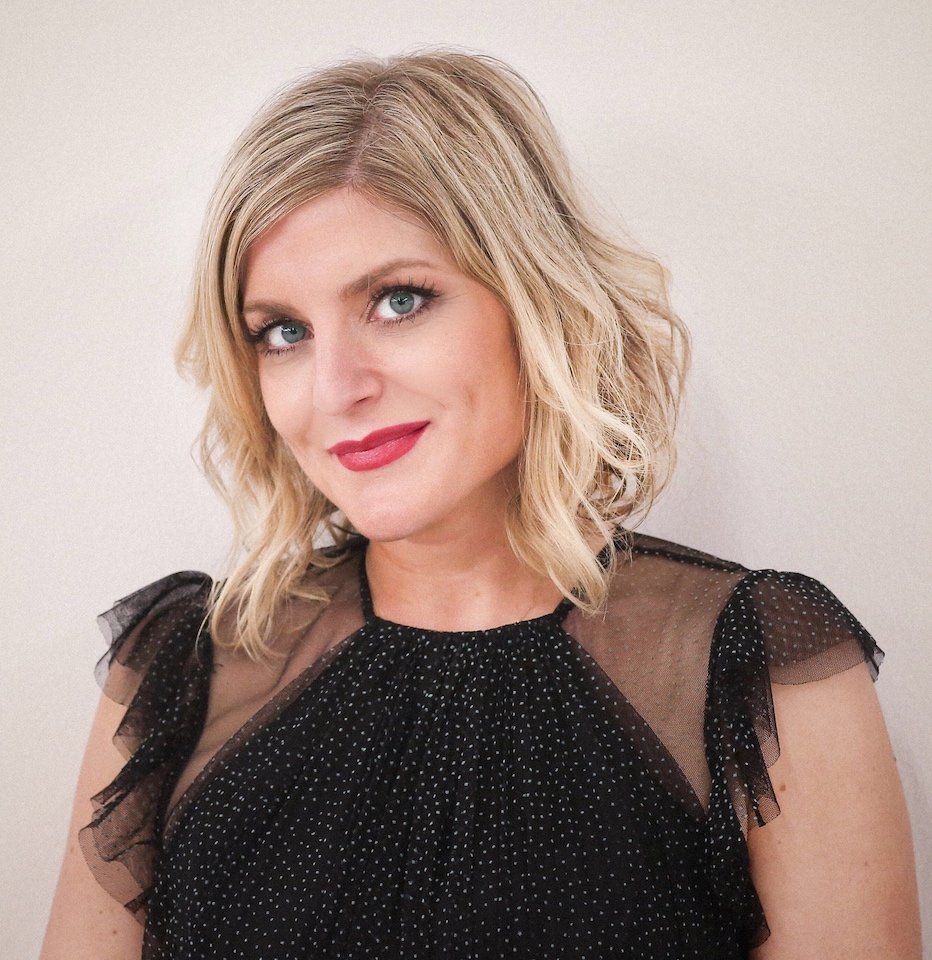


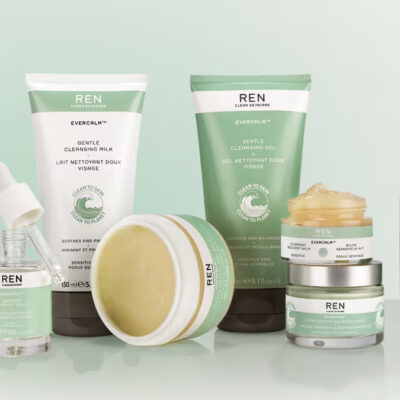
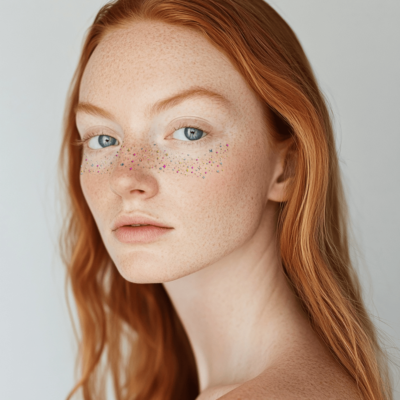
Leave a Reply
You must be logged in to post a comment.